Refine search
Actions for selected content:
12661 results in History of science
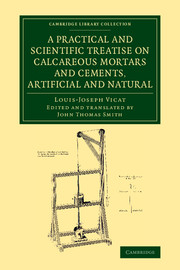
A Practical and Scientific Treatise on Calcareous Mortars and Cements, Artificial and Natural
-
- Published online:
- 18 December 2014
- Print publication:
- 28 August 2014
- First published in:
- 1837
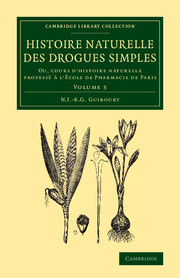
Histoire naturelle des drogues simples
- Ou, cours d'histoire naturelle professé à l'École de Pharmacie de Paris
-
- Published online:
- 18 December 2014
- Print publication:
- 08 May 2014
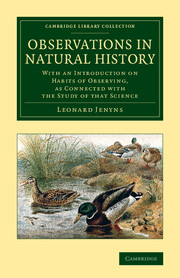
Observations in Natural History
- With an Introduction on Habits of Observing, as Connected with the Study of that Science
-
- Published online:
- 18 December 2014
- Print publication:
- 10 July 2014
- First published in:
- 1846
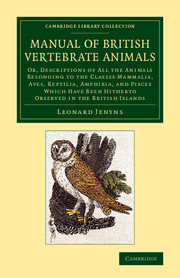
A Manual of British Vertebrate Animals
- Or, Descriptions of All the Animals Belonging to the Classes Mammalia, Aves, Reptilia, Amphibia, and Pisces Which Have Been Hitherto Observed in the British Islands
-
- Published online:
- 18 December 2014
- Print publication:
- 17 July 2014
- First published in:
- 1835

Description des expériences de la machine aérostatique de MM. de Montgolfier
- Et de celles auxquelles cette découverte a donné lieu
-
- Published online:
- 18 December 2014
- Print publication:
- 17 July 2014

The Steam Engine
- Comprising an Account of its Invention and Progressive Improvement
-
- Published online:
- 18 December 2014
- Print publication:
- 17 July 2014
- First published in:
- 1827
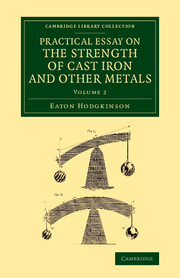
Practical Essay on the Strength of Cast Iron and Other Metals
- Containing Practical Rules, Tables, and Examples, Founded on a Series of Experiments, with an Extensive Table of the Properties of Materials
-
- Published online:
- 18 December 2014
- Print publication:
- 22 May 2014
- First published in:
- 1846
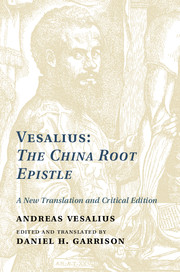
Vesalius: The China Root Epistle
- A New Translation and Critical Edition
-
- Published online:
- 18 December 2014
- Print publication:
- 12 January 2015

The Suburban Gardener, and Villa Companion
-
- Published online:
- 18 December 2014
- Print publication:
- 24 April 2014
- First published in:
- 1838
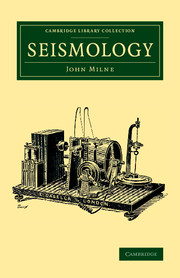
Seismology
-
- Published online:
- 18 December 2014
- Print publication:
- 22 May 2014
- First published in:
- 1898
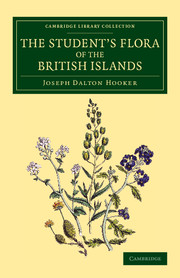
The Student's Flora of the British Islands
-
- Published online:
- 18 December 2014
- Print publication:
- 21 August 2014

Land and Sea
-
- Published online:
- 18 December 2014
- Print publication:
- 28 August 2014
- First published in:
- 1865

Michael Faraday
-
- Published online:
- 18 December 2014
- Print publication:
- 17 July 2014

Histoire naturelle des drogues simples
- Ou, cours d'histoire naturelle professé à l'École de Pharmacie de Paris
-
- Published online:
- 18 December 2014
- Print publication:
- 08 May 2014
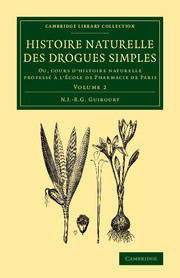
Histoire naturelle des drogues simples
- Ou, cours d'histoire naturelle professé à l'École de Pharmacie de Paris
-
- Published online:
- 18 December 2014
- Print publication:
- 08 May 2014
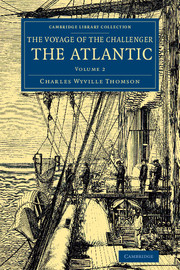
Voyage of the Challenger: The Atlantic
- A Preliminary Account of the General Results of the Exploring Voyage of HMS Challenger during the Year 1873 and the Early Part of the Year 1876
-
- Published online:
- 18 December 2014
- Print publication:
- 22 May 2014
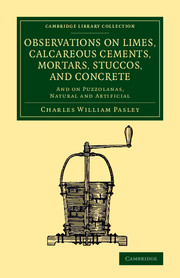
Observations on Limes, Calcareous Cements, Mortars, Stuccos, and Concrete
- And on Puzzolanas, Natural and Artificial
-
- Published online:
- 18 December 2014
- Print publication:
- 22 May 2014
- First published in:
- 1838
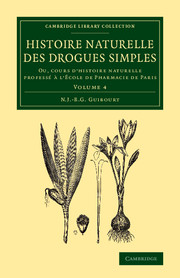
Histoire naturelle des drogues simples
- Ou, cours d'histoire naturelle professé à l'École de Pharmacie de Paris
-
- Published online:
- 18 December 2014
- Print publication:
- 08 May 2014
Introduction
- from SCIENCE AND HYPOTHESIS
-
- Book:
- The Foundations of Science
- Published online:
- 05 June 2015
- Print publication:
- 11 December 2014, pp 27-30
-
- Chapter
- Export citation
CHAPTER VI - Astronomy
- from PART II - The Physical Sciences
-
- Book:
- The Foundations of Science
- Published online:
- 05 June 2015
- Print publication:
- 11 December 2014, pp 289-296
-
- Chapter
- Export citation
